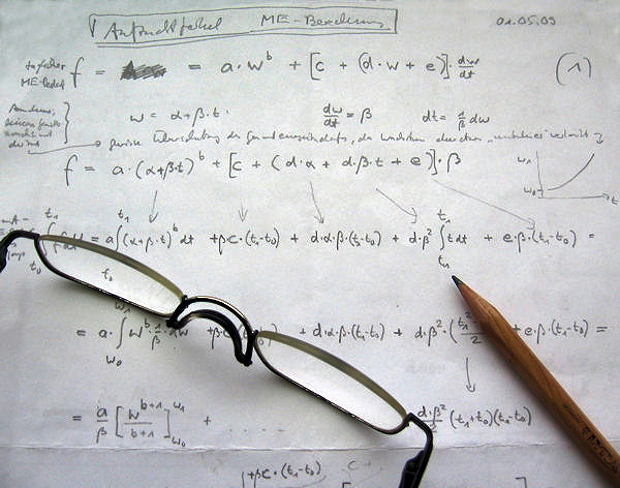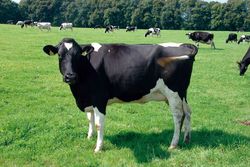Germany is signatory party of international agreements on climate change (e.g., United Nations Framework Convention on Climate Change; Kyoto Protocol; EU decisions) and air pollution control (e.g., Geneva Convention on Long-range Transboundary Air Pollution). Reducing the emissions of greenhouse gases and air pollutants is a declared goal of the German government. This includes the sectors agriculture, forestry and other land uses. The most important greenhouse gases from these sectors are carbon dioxide, (CO2), nitrous oxide (N2O) and methane (CH4); the most important air pollutants are ammonia (NH3), nitric oxides (NOx), volatile organic carbon compounds (NMVOC) and particles.
Policy must know the national emission situation for international agreements and emission reduction measures. Therefore we annually calculate national emission inventories, which constitute a scientific stock-taking of the emission situation. They quantify sources and sinks of greenhouse gases and air pollutants in agriculture and all types of land uses. Key emission sources and critical hotspot regions are identified and underlying processes are analysed. Emission inventories document the time series of emissions. On the one hand, they allow controlling how effective reduction measures of greenhouse gases and air pollutants are. On the other hand, they serve as control of agreed emission reduction targets. As members of international panels (e.g., the Intergovernmental Panel on Climate Change) we contribute to improvements in guidelines and norms for national and international emission inventories.


Reports and Data
National inventory - Greenhouse gases:
https://unfccc.int/ghg-inventories-annex-i-parties/2025
National inventory - Air pollution:
https://iir.umweltbundesamt.de/
Agriculture:
https://www.eminv-agriculture.de
LULUCF-Emission Data:
https://atlas.thuenen.de
https://www.openagrar.de

![[Translate to English:] [Translate to English:]](/media/_processed_/6/4/csm_titel_CO2Kampagne8_afeea2273e.png)
![[Translate to English:] [Translate to English:]](/media/_processed_/4/1/csm_titel_93px_CO2Kampagne8_9b0f3354d4.png)






